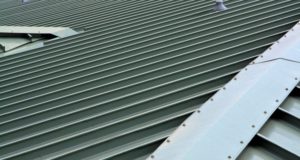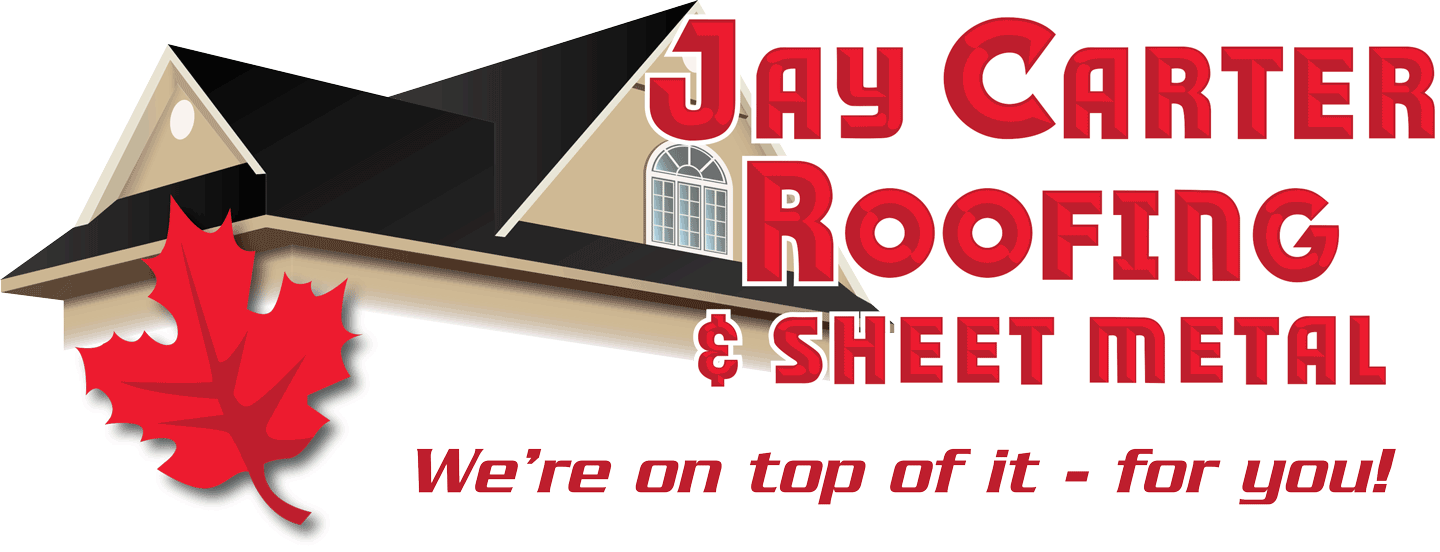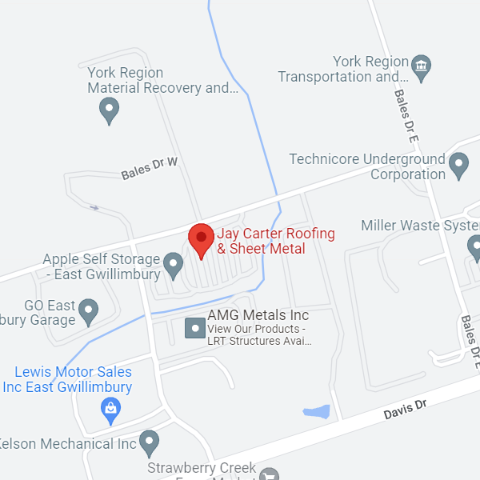What Is Standing Seam Metal Roofing?
Standing seam metal roofing panels belong to the metal roofing product family. They are panels with male and female legs that are engaged and fixed with clips to the roofing substructure in their purest form. However, as panel alternatives have expanded, clipless panels have become more frequent in this product family.
Standing seam panels do not employ exposed fasteners in the plane of the panel during installation, regardless of the attachment technique. Depending on the project, exposure fasteners may or may not be used for trim applications.
Jay Carter Roofing provides unique standing seam systems that may be bent on the construction site, saving money on transportation and assuring a correct fit.
Standing Seam Metal Roofing
Jay Carter Roofing’s metal roofing system is one of the most durable and weather-tight roof systems on the market. Its hidden fastening design keeps the fasteners out of the elements, preventing them from falling over time. A hidden fastener roofing system with vertical or trapezoidal legs and a flat gap in between is known as standing seam metal roofing. Because these panels are clamped to the roof deck, they don’t have any holes from nails or other fasteners that may enable moisture to leak in.
Standing Seam Roofing Systems
Standing seam systems are utilized for a wide variety of applications and projects. These systems include interlocking seams that link panels, giving the roof a unique and appealing look. Furthermore, standing seam systems are made of high-quality steel or aluminum, providing years of low-maintenance service life.
Jay Carter Roofing standing seam systems are long-lasting and weathertight, making them suitable for almost any application.
Advantages Of Standing Seam Metal Roofing
- Weather-tight roofing system
- High durability
- Fire-resistance rating
- Impact resistance rating
- Vertical or trapezoidal leg standing seams
- Thermal roof expansion and contraction clips are offered for use during high-temperature fluctuations.
More For You
- The Benefits of Commercial Standing Seam Metal Roofing Barrier
- Best Standing Seam Metal Roofing Contractor Newmarket
- Top Residential Standing Seam Metal Roofing Scarborough
- Top Standing Seam Metal Roofing Services Scarborough
- Top Commercial Standing Seam Metal Roofing Scarborough | Jay Carter Roofing
Standing Seam Profile Types
Customers have alternatives and choices. These options include length, breadth, profile, form, thickness, and more, in addition to the colour of the panel. Let’s go through some of the most common kinds and applications.
the colour of the panel. Let’s go through some of the most common kinds and applications.
Panel Profile Types
The form and method two or more panels are seamed together are referred to as a panel profile. What profile you should choose with the guidance of a contractor or architect will depend on the sort of roof you have, how steep it is, the environment your property is in, and a number of other considerations.
Snap-lock Profiles
Snap-lock profiles are made up of meticulously roll-formed panels with properly shaped edges, a male and female leg, and a male and female leg that snap together without the need for hand or mechanical seaming during installation. A clip that connects to the seam and fastens below the panel secures snap-lock profiles to the roof deck.
Mechanical Lock Profiles
Roll-formed mechanically seamed panels also have particular edges that match up with one other.
Batten Panel Profiles
When two legs of a panel are roll-formed and butted up against one another, it’s called a batten panel roofing system.
Nail Flange or Fastener Flange Profiles
A nailing flange (also known as a fastener flange) is similar to a snap-lock panel system, but instead of utilizing a clip to secure the panel to the roof deck, it is attached directly to the deck via the male leg of the metal panel.
Panel Sizing
Aside from the many profiles available, there are a variety of sizes in which panels may be ordered or roll-formed on-site. The size selected is usually determined by performance requirements, how well the size fits the profile and consumer preferences.


